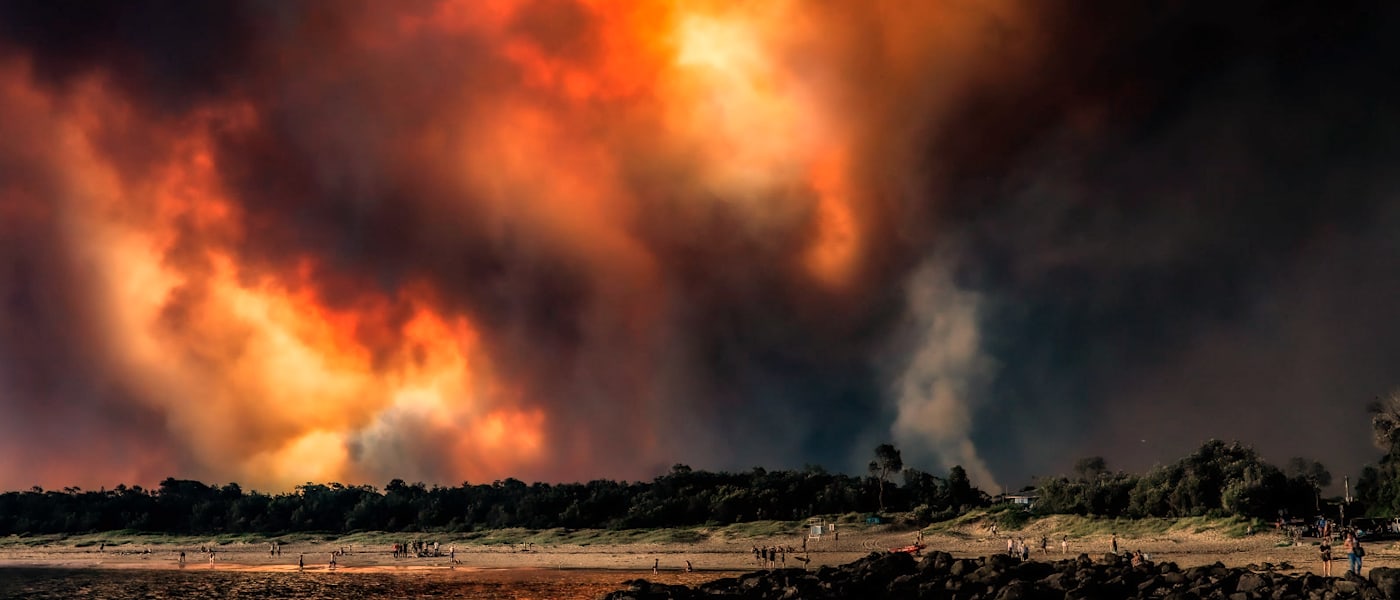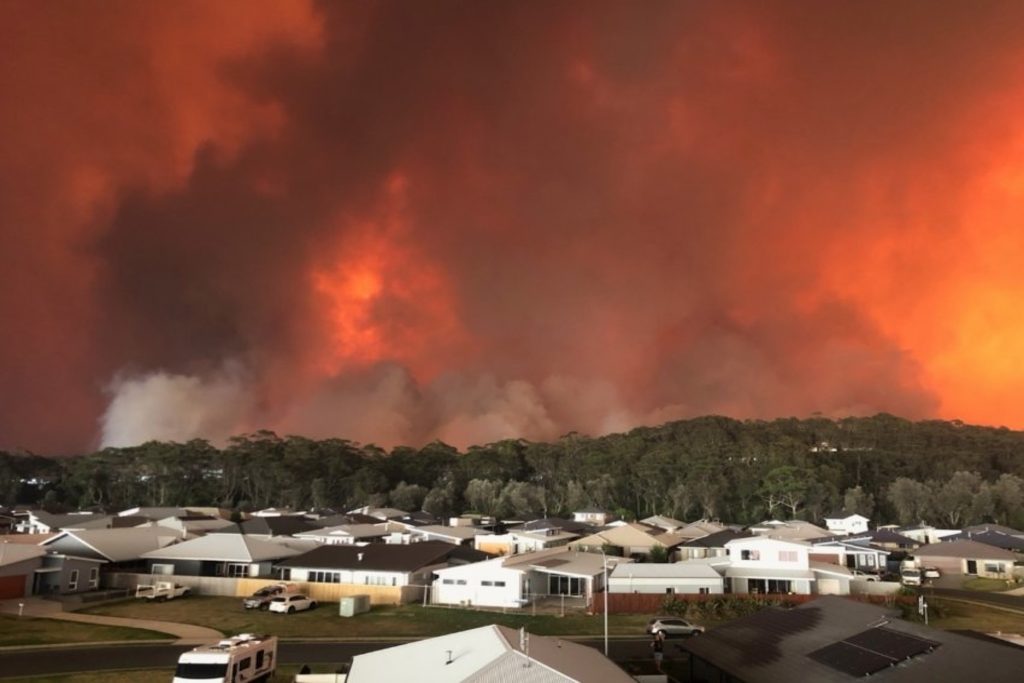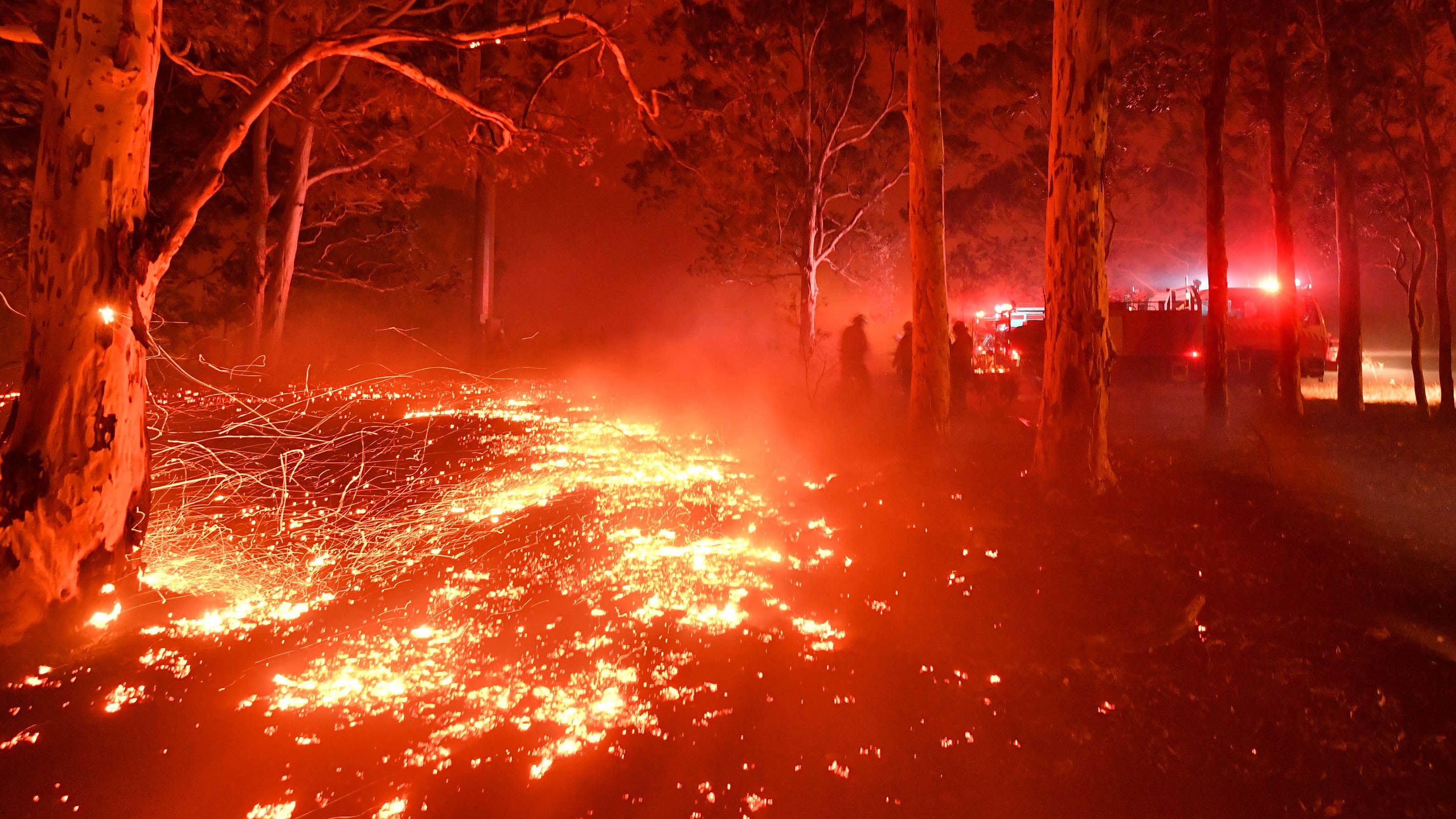How BAL Record Impacts Shrub Fire Defense Steps
In the world of bush fire security, the Building Assault Degree (BAL) record stands as an essential tool that dramatically influences the safety and security and strength of properties in fire-prone areas - BAL Report. The impact of a BAL assessment prolongs far beyond mere paperwork; it functions as the foundation for determining the appropriate building and construction requirements and fire security measures essential to reduce the threats presented by bushfires. As communities come to grips with increasingly extreme fire seasons, comprehending how the BAL report forms these protective procedures becomes vital for policymakers, contractors, and house owners alike
Recognizing the Bushfire Attack Degree

Significance of BAL Report Evaluation

In Addition, the BAL report evaluation offers as a foundational action in following legal commitments and requirements connected to bushfire protection. Local councils and authorities usually mandate the submission of a BAL report as component of the preparation and building approval process to make certain that residential properties are adequately secured versus bushfire risks. Failing to carry out a detailed BAL report evaluation can lead to insufficient defense steps, leaving buildings vulnerable to devastating bushfire incidents.
Building Requirements Based Upon BAL
A thorough understanding of the Bushfire Strike Level (BAL) allows residential property proprietors to carry out construction standards tailored to their specific danger profile. Construction standards based on BAL are crucial in mitigating the effect of bushfires on residential or commercial properties. The BAL rating classifies the possible threat a residential or commercial property faces throughout a bushfire view on a scale from BAL-Low to BAL-FZ (Flame Area)
Implementing Fire Security Actions
With the foundation of building and construction requirements based on Bushfire Strike Level pop over here (BAL) in position, the emphasis now changes towards the practical execution of fire security measures to strengthen properties versus bushfire risks. Implementing fire protection measures includes a combination of passive and active strategies to enhance the resilience of buildings in bushfire-prone locations. Passive measures consist of using fire-resistant structure products, installing coal guards on vents, sealing spaces in wall surfaces and roofs, and preserving a clear room around the property totally free from combustible vegetation. Energetic steps include having firefighting tools readily available, such as pipes and water pumps, along with developing a defendable space around the residential property by getting rid of greenery and having a properly maintained garden. Additionally, developing an emptying plan and making certain all residents know emergency procedures are important parts of effective fire security procedures. By incorporating both passive and active methods, properties can considerably minimize their vulnerability to bushfire incidents and enhance the safety of residents.
Shielding Residences Versus Bushfires
Properly protecting homes versus the damaging effects of bushfires needs a proactive and detailed approach to fire protection measures. In addition, sealing vents and gaps to avoid coal invasion, as well as incorporating fireproof doors and home windows, can help strengthen the home's defense against article bushfires. By accepting an aggressive position and incorporating these protective steps, home owners can significantly raise their possibilities of securing their homes versus bushfires.
Verdict
In final thought, the Bushfire Attack Level (BAL) report plays a critical duty in establishing the required protection steps against bushfires. By examining the BAL, building standards can be tailored to mitigate the risks and make sure the safety and security of homes in fire-prone locations. Applying fire defense actions based upon the BAL record is necessary in guarding homes from potential bushfire risks. It is necessary for house owners to prioritize BAL assessments and abide by suggested building and construction standards to enhance bushfire resilience.
In assessing bushfire danger to residential or commercial properties, recognizing the Bushfire Assault Degree (BAL) is an important part for executing reliable protection actions. On the whole, a clear understanding of the Bushfire Attack Level is important for executing adequate defense measures and alleviating the impact of bushfires on residential properties.
